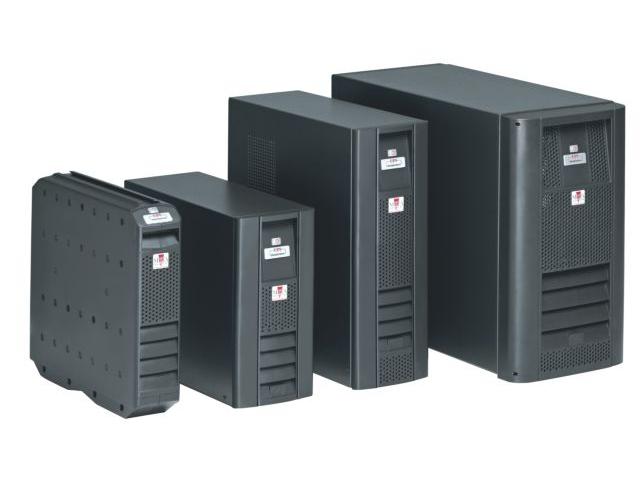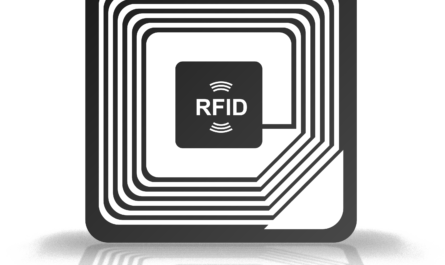What is a UPS?
An uninterruptible power supply, commonly referred to as a UPS, is a power protection system designed to safeguard crucial electronic devices and systems during transient voltage disturbances or power outages. A UPS functions as a battery backup system that will automatically switch over to provide continuous operation during any power fluctuations or failures.
How does a UPS work?
A Uninterruptible Power Supply has two main components – an input connection that draws power from the utility or generator and an output connection that powers the connected devices. The input is fed through a rectifier and charger circuit that converts AC to DC and charges the internal lead-acid batteries. An inverter then converts the stored DC battery power back to AC voltage to power the connected load. During normal operation with utility power available, the rectifier charges the batteries while simultaneously powering the connected devices via the inverter. If there is a interruption or failure of the mains power, the internal relay or transfer switch detects the outage and seamlessly switches the load over to drawing power solely from the batteries without any downtime.
What are the different UPS types?
UPS systems are broadly categorized by their design as follows:
– Standby UPS: These provide basic protection by switching over to battery power during an outage but do not provide power conditioning. The batteries are not engaged when utility power is available.
– Line-interactive UPS: Offers surge protection and maintains regulated voltage by drawing from the utility or battery power alternately. During normal operation it regulates voltage through its voltage stabilizer.
– Online or Double-conversion UPS: Considered the most robust design as it provides full-time voltage regulation and protects against all power irregularities through a filtering stage. Utility power is fed to the rectifier and then the inverter produces clean output power regardless of source availability.
What applications require UPS protection?
Given their critical nature, several vital systems are reliant on continuous UPS backup to avoid any data loss, downtime or equipment failures resulting from unstable power:
– Server rooms/data centers: To protect mission-critical servers, networking gear, storage arrays and infrastructure supporting round-the-clock connectivity.
– Medical equipment: Monitoring devices, surgical/diagnostic systems, life support must run uninterrupted to ensure patient safety in hospitals and clinics.
– Industrial automation: PLCs, HMIs, robots, dispatch systems powering manufacturing floors and process facilities need steady power for continuity of operations.
– Security systems: Cameras, access control, alarm panels securing sensitive sites like banks, airports rely on UPS power during outages.
– Telecom networks: Central office switches, cellular base stations, 911 routers require stable power to keep communication lines active at all times.
UPS sizing considerations
When deploying a UPS, choosing the right model capacity suited for the intended load is crucial. Key aspects to factor include:
– Total connected load wattage of all devices to be backed up including any future expansion. Add a 20-30% overhead for unexpected spikes.
– Load power factor which impacts battery backup time calculations as most loads do not operate at a perfect 1.0 PF.
– Local environmental conditions – Higher temperatures reduce battery runtime while more frequent outages may warrant larger capacity.
– Expected backup duration needs based on criticality of connected equipment – Five to ten minutes for basic protection or extended runtime of hours for mission-critical loads.
– Waveform required – Sinewave or line-interactive UPS for maintaining power quality versus standby units that provide basic backup only.
Additional options
Manufacturers offer numerous add-ons to boost UPS functionality for specialized requirements:
– Maintenance bypass switches for routing utility power to loads during UPS servicing without downtime.
– Parallel configuration to combine multiple units for higher capacity and redundancy.
– Network management cards and software for remote monitoring, alerts and logging of runtime statistics from any network location.
– External battery packs for extending backup duration beyond the standard internal batteries’ capacity.
Uninterruptible power supply have emerged as indispensable safeguards tasked with upholding power reliability for an array of vital systems. Proper sizing and selection aligned to the specific protection needs ensure UPS investments deliver maximum uptime insurance for critical infrastructure and applications.




